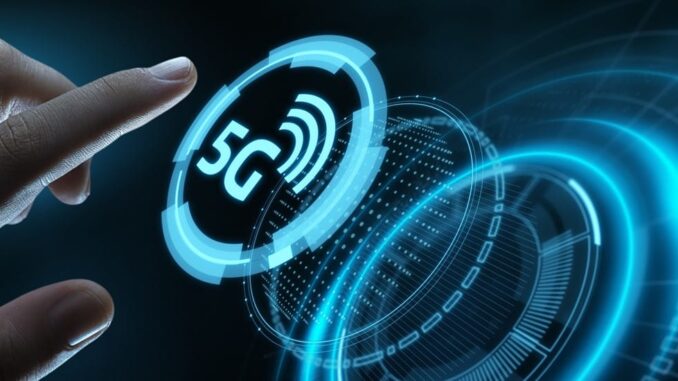
5G technology is designed to enhance connectivity and enable a wide range of applications, from mobile broadband to the Internet of Things (IoT).
One of the significant advancements associated with 5G is its approach to physical and virtual isolation, which is crucial for ensuring security, network efficiency, and service differentiation.








Here’s a breakdown of how these isolation mechanisms work in 5G:
Dedicated Infrastructure:
5G networks often utilize dedicated infrastructure, especially for specific applications like critical communications (e.g., emergency services) or industrial IoT. This means that specific physical hardware may be allocated solely for these applications, providing a layer of security and performance assurance.
Radio Access Network (RAN) Isolation:
The 5G architecture allows for the use of multiple frequency bands, some of which can be used for particular sectors (like emergency services) that require guaranteed performance. These can be physically isolated from commercial services to ensure that critical services are not affected by congestion or other issues.
Edge Computing:
By deploying edge computing resources, 5G can physically localize data processing close to where data is generated. This limits data exposure on the network and allows for services to be executed with minimal latency.
Network Slicing:
One of the hallmark features of 5G is network slicing, which allows the creation of multiple virtual networks on a single physical infrastructure. Each “slice” can be customized for specific use cases, with dedicated resources and functionalities (e.g., low-latency slices for autonomous driving or high-bandwidth slices for virtual reality).
This virtual isolation ensures that performance in one slice is not adversely affected by traffic in another, enhancing overall network efficiency and security.
Software-Defined Networking (SDN) and Network Function Virtualization (NFV):
SDN and NFV technologies allow for the dynamic and programmable management of network resources. Virtualization ensures that various network functions and resource allocations are isolated at the software level, allowing for rapid adaptation to changing demands. This can segment traffic to enhance quality of service and security.
Security Protocols:
Virtual isolation is complemented by robust security protocols that ensure data integrity and confidentiality as it moves through the network. Techniques such as encryption and secure APIs are used to protect communication and data storage within different virtual environments.
Multi-Access Edge Computing (MEC):
MEC allows for applications to be hosted at the edge of the network, close to the user. Not only does this reduce latency, but it also helps ensure that user data can be processed in isolated environments tailored to specific applications or services.
The dual approach of physical and virtual isolation in 5G networks enhances the reliability, security, and scalability of services. By leveraging both dedicated physical resources and advanced virtualization techniques, 5G can effectively support a diverse range of applications while ensuring that critical services maintain high performance and security standards. This multifaceted isolation is particularly crucial as 5G networks enable a vast increase in connected devices and services, necessitating sophisticated management and security frameworks.


Leave a Reply